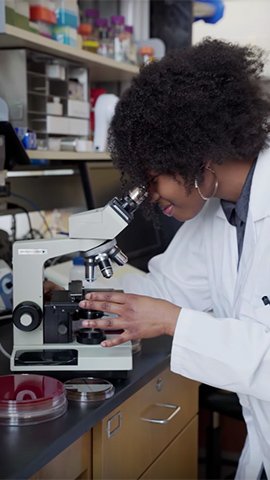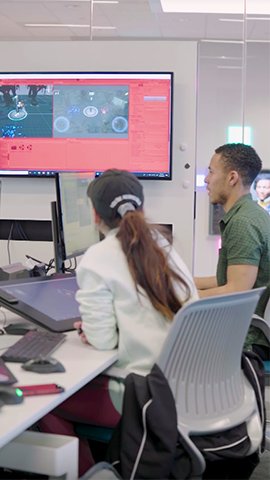Home Page
The Division of Access, Engagement, and Success empowers and enriches the RIT Community through a range of comprehensive events, programs, and services that widen the windows of access and broaden the pathways to success. Through meaningful engagement, the division identifies gaps and creates opportunities for all to develop, flourish, and succeed.
Message from Vice President and Associate Provost for Access, Engagement, and Success
Access, Engagement, and Success are fundamental aspects of RIT’s identity as an institution and are intrinsically tied to its historic strength as one of America’s most innovative and forward-looking universities.
Keith Jenkins
Vice President and Associate Provost for Access, Engagement, and Success
585-475-6795






















